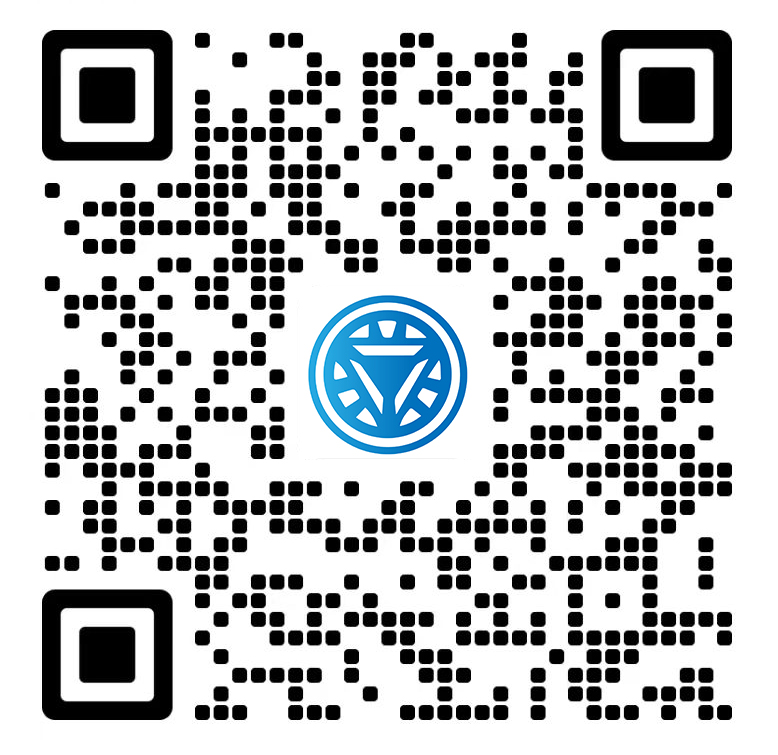Welcome STARK TOUCH DEVICE!
Smart city
Application of Industrial All-in-One Computers in Facial Recognition Ticketing Gates
Background Introduction
Artificial Intelligence (AI) represents a new era of intelligent machines capable of responding in ways akin to human intelligence, enabling machines to tackle complex tasks that typically require human cognition. Since its inception, AI theories and technologies have matured significantly, expanding their application domains continuously. It is foreseeable that future AI-powered technological products will serve as vessels for human wisdom.
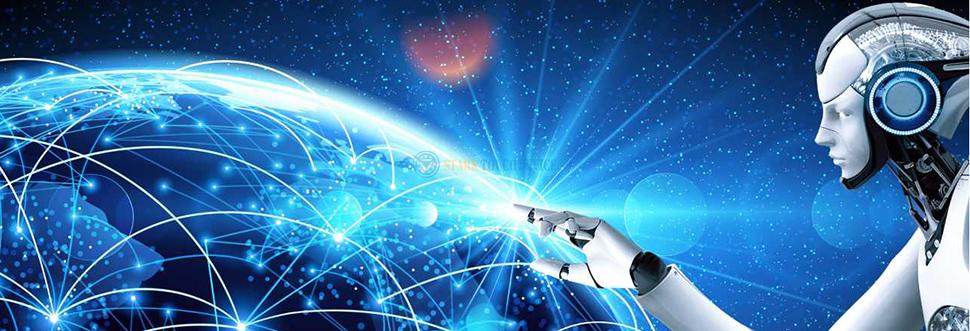
AI simulates human consciousness and thought processes, though it is not human intelligence itself. It can think like humans and potentially surpass human capabilities. Stark's AI research transcends logical thinking, harnessing imaginative and intuitive thinking to propel groundbreaking advancements. By integrating mathematical tools within standard logic, fuzzy mathematics, and more, mathematics and AI mutually reinforce each other's rapid development. Our goal is to realize intelligent principles and create computer systems akin to human brains, enabling higher-level applications.
Stark's Service Domains:
Stark specializes in various AI fields, including machine vision, fingerprint recognition, facial recognition, automatic planning, intelligent search, smart control, robotics, speech recognition, image understanding, knowledge processing systems, natural language understanding, and intelligent robots.
Facial Recognition Ticketing Gates: Expediting Travel with Seconds-Long Clearance
Urban rail transit stands as a safe, comfortable, swift, punctual, and eco-friendly mode of mass transportation. The Automatic Fare Collection (AFC) gate system, an integral part of rail transit automation, signifies and measures the level of information technology integration within the sector. Major cities have widely adopted facial recognition ticketing gates in railway stations, airports, and other high-traffic areas, facilitating smarter, faster, simpler, and safer management.

Stark Industrial Computers in Facial Recognition Ticketing Gates:
Stark's industrial computers play a central role in rail transit's automatic gate systems, managing gate operations, interrupt control, scalability, and communication. Equipped with high-speed data processing capabilities, these computers ensure stable and seamless operation even under heavy data loads. Utilizing industrial-grade components, they can withstand 365*24h unattended high-load operations, enhancing subway station efficiency and facilitating passenger travel.
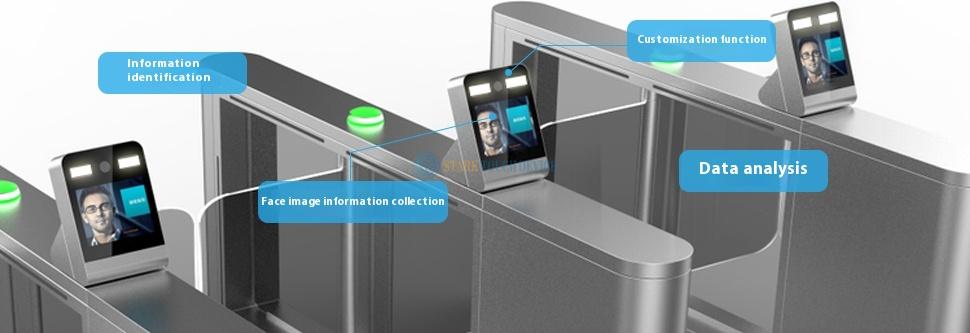
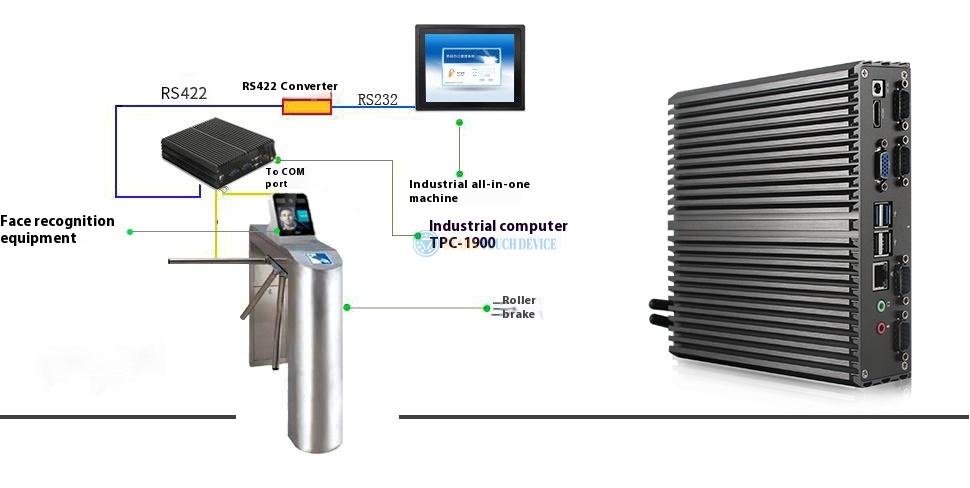
Facial Recognition in Action:
Stark's facial recognition gates capture facial images within seconds through cameras, analyzing histogram, color, template, structural, and Haar features. By comparing extracted facial features with stored templates, the system swiftly identifies travelers' bound travel information in the database. This eliminates the need for physical cards or documents, enhancing the entry/exit experience, strengthening security, and making travel more convenient and efficient.
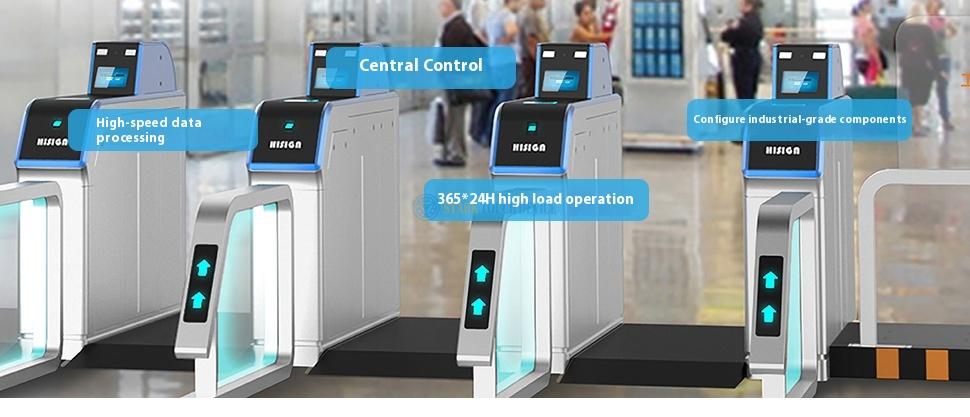
Multi-Functionality in Urban Transport:
Urban rail transit's automatic gate systems require multiple serial ports for displays, barriers, central controllers, and alarms, along with Ethernet and USB interfaces for system communication. Stark's industrial computers boast diverse external device interfaces, catering to the system's multifunctionality. Equipped with two Gigabit Ethernet ports, they ensure seamless communication between gates and control terminals, while watchdog functionality enhances system reliability.


